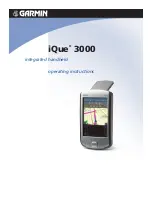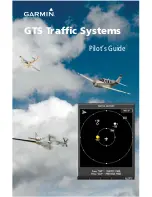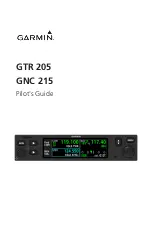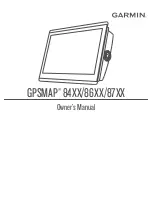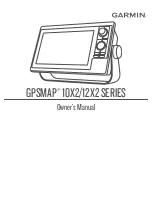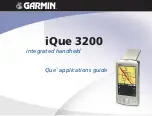
I
•
TESTING UNIJUNCTION TRANSISTORS
A unijunction transistor (UJT), as the name im
plies, is a
single junction
device possessing three
terminals. Conduction from base l to base 2 is
purely resistive until an emitter current is applied.
A small trigger current applied to the emitter causes
a negative resistance condition. The value of trigger
voltge is dependent upon the voltage between base
I and base 2 . An examination of a UJT's operation
can be displayed on the oscilloscope by using the
curve tracer.
Connect the UJT to the curve tracer as shown in
Figure 31; base 1 to the emitter jack, base 2 to the
base jack and emitter to the collector jack, or plug
the UJT into the socket using the same lead config
uration. (Base I and base 2 are interchangeable).
Set the POLARITY switch to NPN. Increase the
SWEEP VOLTAGE from zero until the trigger volt
age is exceeded, which produces the high emitter
current spike on the oscilloscope. Set the STEP SE
LECTOR to the "Current per Step" position that pro
duces the most curves on the display. The curves
C
®
E
®
appear quite close together and careful observation
may be required to distinguish the individual curves.
It may be helpful to "spread out" the displ
ay
by in
creasing the horizontal sensitivity of the oscillo
scope, or use expanded sweep magnification of the
area of interest. With this test configuration, the step
current of the curve tracer is applied from base I to
base 2 and the sweep voltage applied to the emitter
is the UJT trigger voltage. Note that as the sweep
voltage is slowly increased from the trigger thres
hold producing the first current spike, that the other
curves are added one by one. Thus, for each base
current step, the emitter trigger voltage can be
measured.
Interbase resistance (RBB) can be displayed (Fig
ure 32), by connecting base I and base 2 to the col
lector and emitter jacks of the curve tracer and
leaving the emitter lead of the UJT open circuited.
This displays a linear trace of forward current (IF}
vs interbase voltage (V1rn},
Raa = Vaa/IF
E:::(±!
t
!
-
t
t:f
-
1
IE
'.!,
....
;
...
...i,' .....
'
..
_
.....
,!,· .. ,,
..
.J,,' .....
,:...
.
'
:
.
j
:
.
··+···J
!·
;
,: ....
;,
.....
;
.....
i
.
j ....
,!·····
=
,.i
:
; ·I. ··-·.,;···-- .... ........
).
NEGATIVE
;
.
:
RESISTANCE
I
j
j
i
,
..
·
:
·
·+
REGION
i
; .. -
......
,;.-· ..
··-·:
_
........
:
.
..
-··
.
.
_J
/
_
l
!
:
j
:
:
i
i
l_
1-:. ......
;,1··········!
1
·
···-····;··'
··-········.j
i .•.....•
, ....••.
J ..
;
..
.. -
..
l
Figure 31. Set-Up and Typical Display of Unijunction Transistors
C
B
E
®
®
®
'
.... , ..
;, ______ i ·····-···:···-···· i .......... ,;
.
·
.
.
.
...
..
..
.
:
V99
26
Figure 32. Measuring Interbase Resistance (VBB) of UJT's
/


























